What you'll learn
Work with the pinhole camera model, and perform intrinsic and extrinsic camera calibration
Detect, describe and match image features and design your own convolutional neural networks
Apply semantic segmentation for drivable surface estimation
Apply these methods to visual odometry, object detection and tracking
Description
Welcome to Visual Perception for Self-Driving Cars, the third course in University of Toronto’s Self-Driving Cars Specialization. This course will introduce you to the main perception tasks in autonomous driving, static and dynamic object detection, and will survey common computer vision methods for robotic perception. By the end of this course, you will be able to work with the pinhole camera model, perform intrinsic and extrinsic camera calibration, detect, describe and match image features and design your own convolutional neural networks. You’ll apply these methods to visual odometry, object detection and tracking, and semantic segmentation for drivable surface estimation.
These techniques represent the main building blocks of the perception system for self-driving cars. For the final project in this course, you will develop algorithms that identify bounding boxes for objects in the scene, and define the boundaries of the drivable surface. You’ll work with synthetic and real image data, and evaluate your performance on a realistic dataset. This is an advanced course, intended for learners with a background in computer vision and deep learning.
Requirements
Access to a computer or mobile device with an internet connection.
Motivation to learn!
To succeed in this course, you should have programming experience in Python 3.0, and familiarity with Linear Algebra (matrices, vectors, matrix multiplication, rank, Eigenvalues and vectors and inverses).
Who this course is for
Students who have advanced skills in this field
Students willing to put in a couple hours to learn about Visual Perception for Self-Driving Cars
Advanced students wanting to add another skill to their portfolio
Content Creator
Steven Waslander – Associate Professor – Aerospace Studies
This course includes
Participation Confirmation/Certificate
Option for learning at your own pace
Videos and reading material about the course
Practice tests
Assessed tasks with feedback from other course participants
Evaluated tests with feedback
Evaluated programming tasks












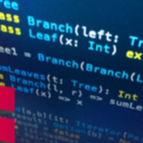



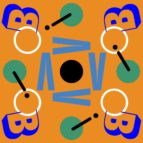
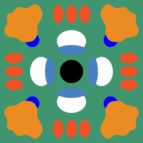






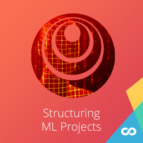














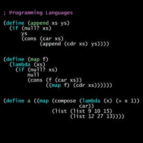
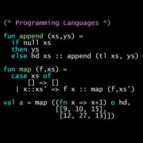












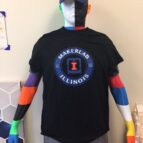























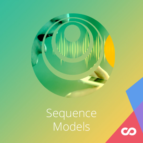
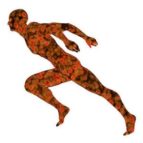












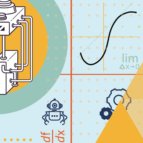















Got something to discuss?